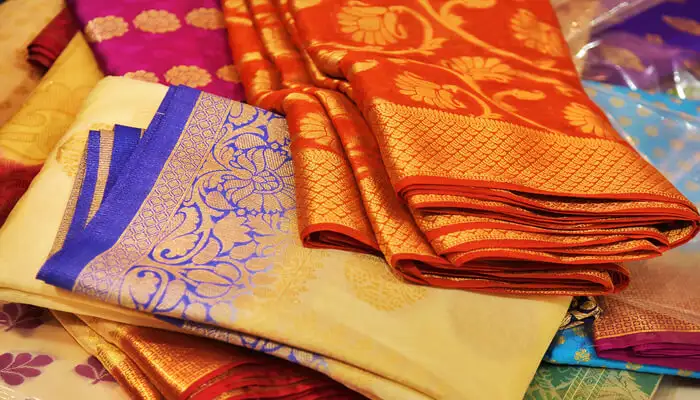
Unlike, running on roads, trail running comes with a series of unique challenges, demanding a high level of endurance, super agility, and adaptability. One of the most vital aspects for improving trail running performance, safety, and experience lies in the selection of the right footwear says, Steven Rindner. Trail running shoes are characterized by their unique tread pattern, safety features, cushioning, and support, making them seamless to meet the diverse challenges of off-road terrain while offering a variety of advantages compared to general running shoes. Here are the key reasons why wearing trail running shoes is vital for trail runners.
- Improved Traction and Stability
Designed with specialized outsoles presenting aggressive thread patterns trail running shoes are made ideal to provide greater traction on rough surfaces. This dedicated traction is most vital while traversing muddy, rocky, and rocky terrines. The deeper and more noticeable lugs protrude on outsoles ensuring stable footing of runners, minimizing the potential risks of sliding or slipping. This kind of stability is specifically a crucial need on technical terrines where maintaining control and balance influences overall safety and performance.
- Desired Protection of Foot and Ankle
Encountering loose gravel, sharp rocks, roots, and other potential challenges is a very common experience of trail running, often causing injuries if not cared for and managed sensibly. Considering these common challenges, trail running shoes are typically designed with rock plates alongside armor-plated toe caps to protect the feet from these risks.
Rock plates are intended to absorb and turn away impact, lessening the likelihood of bruising and distress caused by sharp objects. On the other hand, reinforced toe caps aim to offer an extra layer of defense against unintended collisions or kicks with trail obstacles, ensuring the absolute safety of toes and improving comfort level throughout the venture.
- Robust Cushioning and Support
Designed with innovative midsole technologies, trail running shoes offer reactive and robust cushioning tailored to running on off-road trails. Noteworthy, the cushioning works seamlessly to absorb the potential impact of footing on uneven terrines, lessening strain on the joints, soft tissues, and muscles.
Moreover, many trail shoes boast improved arch support as well as stability facets to cater to the particular demands of trail running. The support feature helps avoid common injuries such as shin splints, and ankle sprains, enabling runners to run longer with enhanced comfort.
- Greater Agility and Adaptability
The topography that runners face especially in technical trail running often varies dramatically, needing faster adjustments to one’s running style. Designed with flexible soles and adaptive cautioning, trail running shoes offer a greater level of agility. This adaptability supports runners immensely to respond swiftly depending on the changing nature of the terrain, regardless it involves steep ascents or rock-strewn descents. According to Steven Rindner, the ability of runners to quickly adapt to varied terrines while maintaining their pace is the key factor in enhancing their overall performance and effectiveness on the trails.
- Greater Durability
Unlike road running shoes, trail running shoes are made to endure the severe demands and challenges of off-road running. Made with heavy-duty materials that can effectively handle rough terrains, the construction of trail running shoes ascertains they can last for a prolonged period and perform up to the desired mark under challenging circumstances.
To conclude, rather than considering it as a matter of luxury or comfort, investing in high-quality trail running shoes means access to enhanced traction, cushioning, protection, and stability. This makes it a worthy investment for serious trail runners for their optimal performance and well-being.






